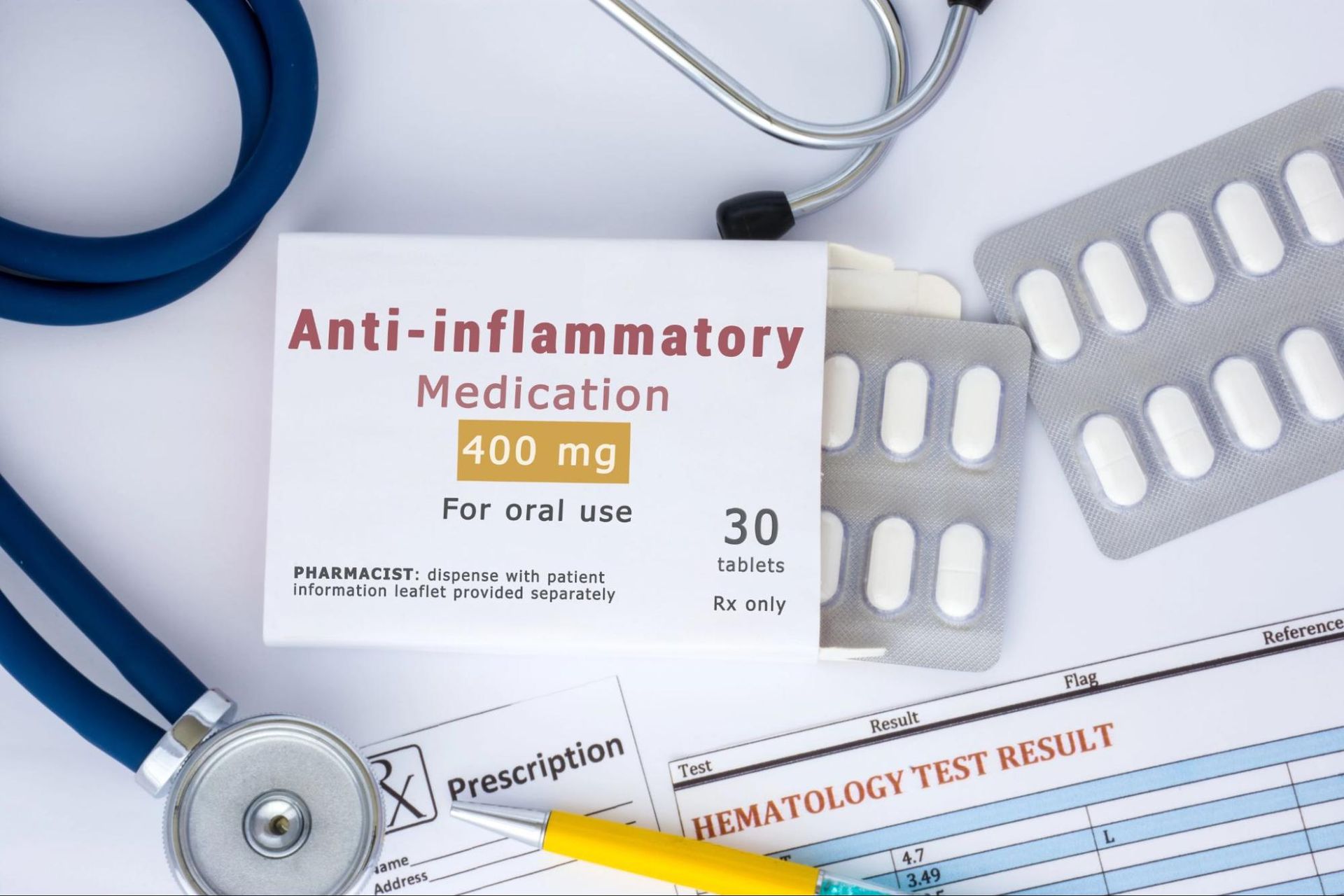Life After GLP-1s: Part 1 – Why So Many People Stop GLP-1 Medications
Stopping GLP-1 medications within the first year is more common than most people realise. A large JAMA Network Open cohort study involving more than 125,000 people found that:
- 46.5% of individuals with type 2 diabetes stopped treatment within 12 months.
- 64.8% of people without diabetes also discontinued within the same period.
- Many later restarted — 47.3% of those with diabetes and 36.3% without.
Real-world data from Denmark, published in JAMA Network, showed similar results. Just over half of adults without diabetes stopped semaglutide within a year. Discontinuation was more frequent among younger adults, and those with socioeconomic disadvantage or prior gastrointestinal or psychiatric medication use.
Why Do So Many People Stop GLP-1s?
There are several reasons why people discontinue GLP-1 receptor agonists, even after seeing initial success.
- Cost: These medications can be expensive, and not all are covered by insurance or government subsidy programs.
- Supply Issues: Periodic shortages and pharmacy backorders can interrupt treatment continuity.
- Side Effects: Common side effects include nausea, bloating, diarrhoea, or reflux, which can discourage ongoing use if not managed properly.
- Unrealistic Expectations: Many expect rapid or dramatic weight loss, but GLP-1s work gradually, and progress can vary between individuals.
- Chronic Condition Dynamics: Obesity is a chronic, relapsing condition, meaning stopping treatment often leads to weight regain — a pattern seen consistently across research.
A 2024 Guardian review echoed these findings, noting that discontinuation often stems from a mix of side effects, cost barriers, and gaps in long-term care planning.
What Happens After Stopping GLP-1s?
Evidence shows that weight regain is common after stopping GLP-1 therapy. This occurs because the medication helps regulate appetite, fullness, and energy use. Once discontinued, hunger signals and metabolic rate gradually revert toward baseline, making maintenance more difficult without additional support.
However, stopping doesn’t mean failure — it simply means the care plan needs to adapt. Reassessing nutrition, physical activity, and other treatment options is crucial to maintain results and health improvements.
A Safer, Structured Approach at 360 SURGERY
At 360 SURGERY Melbourne, we help patients use GLP-1 medications safely and effectively as part of a comprehensive, medically supervised program. Our approach focuses on education, monitoring, and long-term success rather than short-term fixes.
Our program includes:
- Careful screening and prescription based on medical history and treatment goals.
- Close monitoring of side effects to improve comfort and adherence.
- Setting realistic timelines and weight loss targets to match your body’s response.
- Maintaining clear referral pathways to other evidence-based options such as endoscopic therapies or bariatric surgery when appropriate.
- Support for nutrition, mental health, and lifestyle to make results sustainable.
This integrated model helps patients gain the benefits of GLP-1 medications while protecting long-term health outcomes.
Key Takeaway
GLP-1 medications such as semaglutide are powerful tools for weight and metabolic management, but staying on them successfully requires more than just a prescription. Cost, access, side effects, and expectations all influence long-term use. With structured medical support, patients can manage these challenges and achieve sustainable outcomes.
At 360 SURGERY, our experienced team helps you navigate every stage — from initiation to maintenance or transition — so your weight loss journey remains safe, informed, and effective.


















